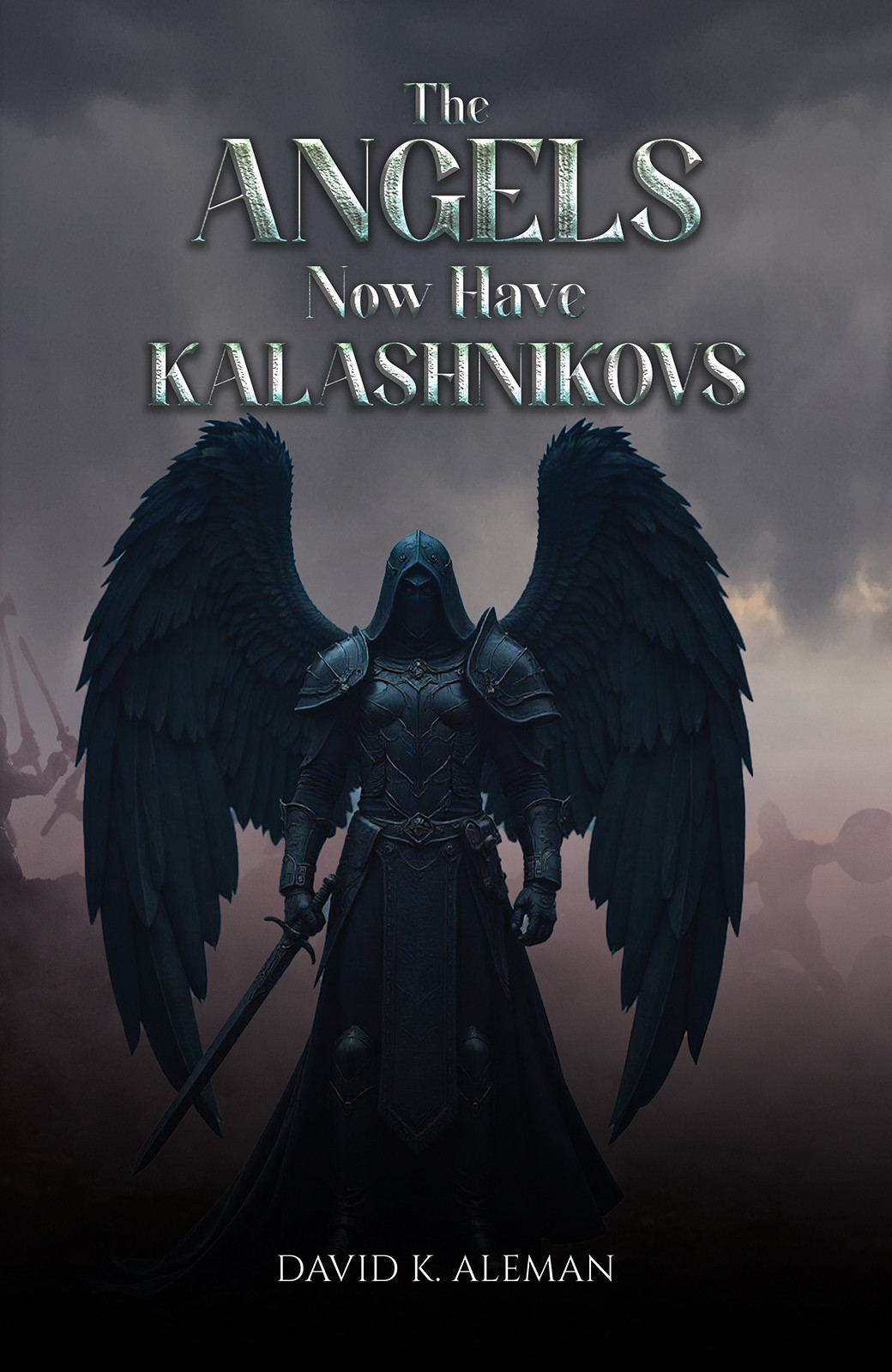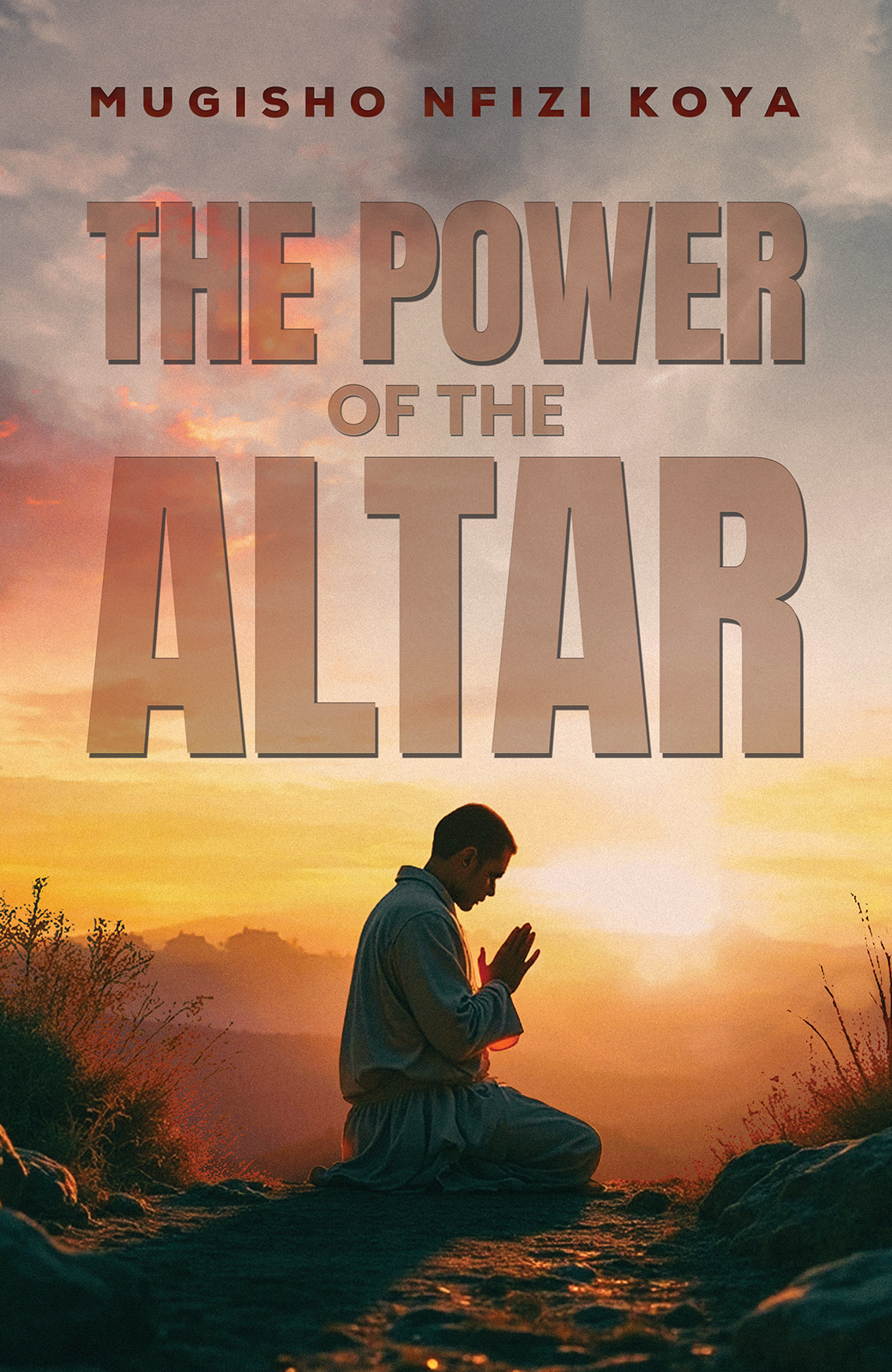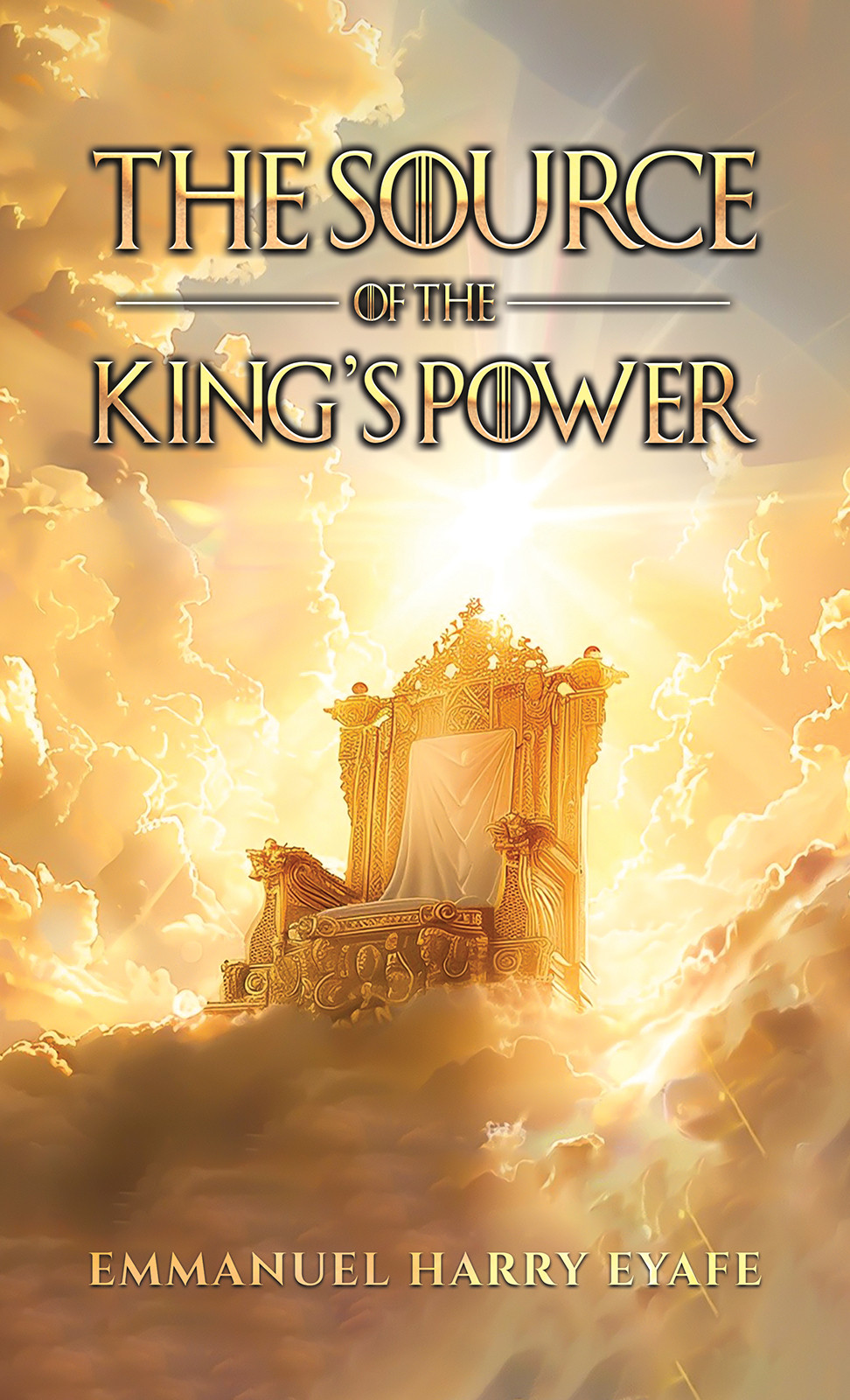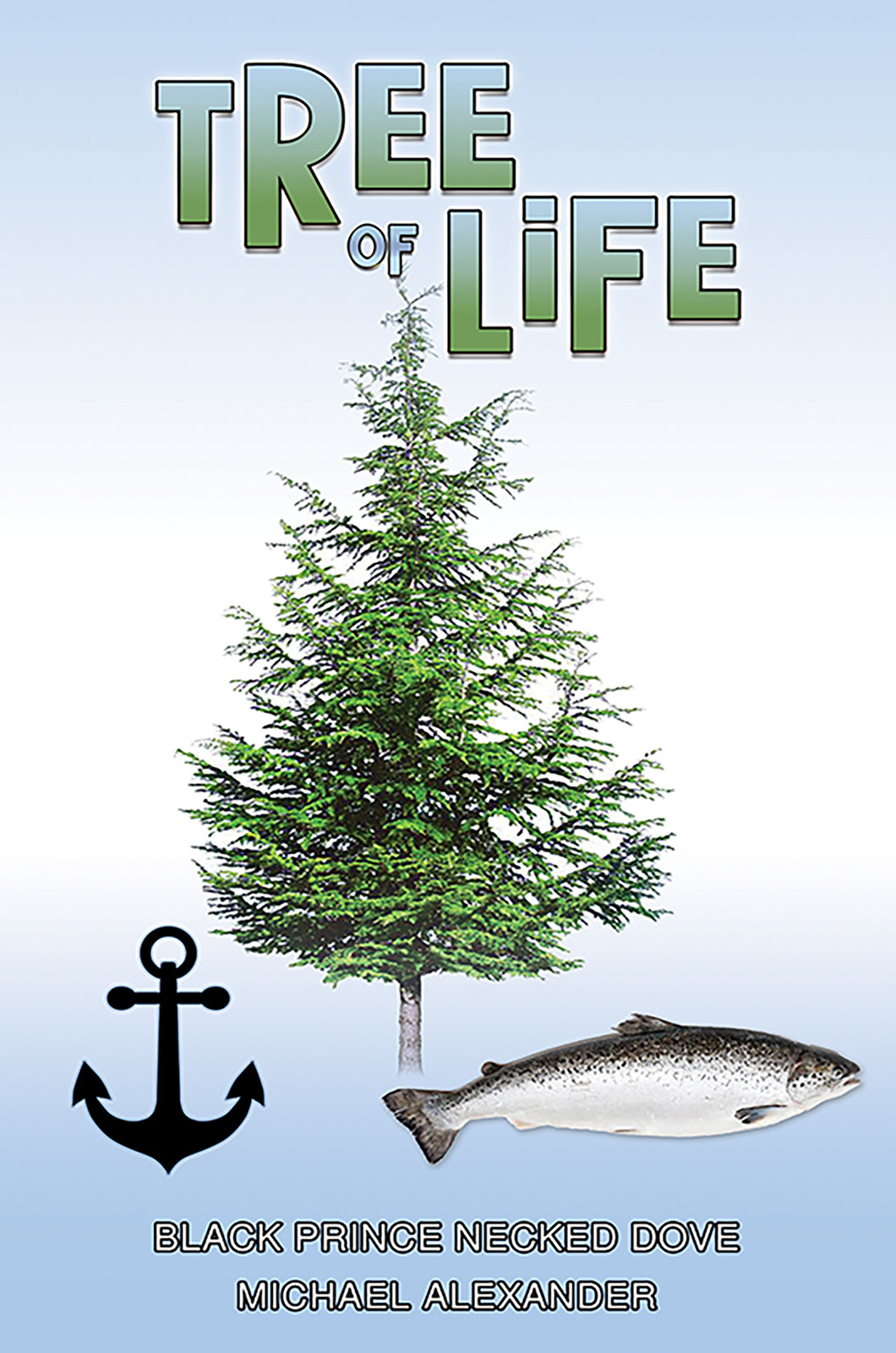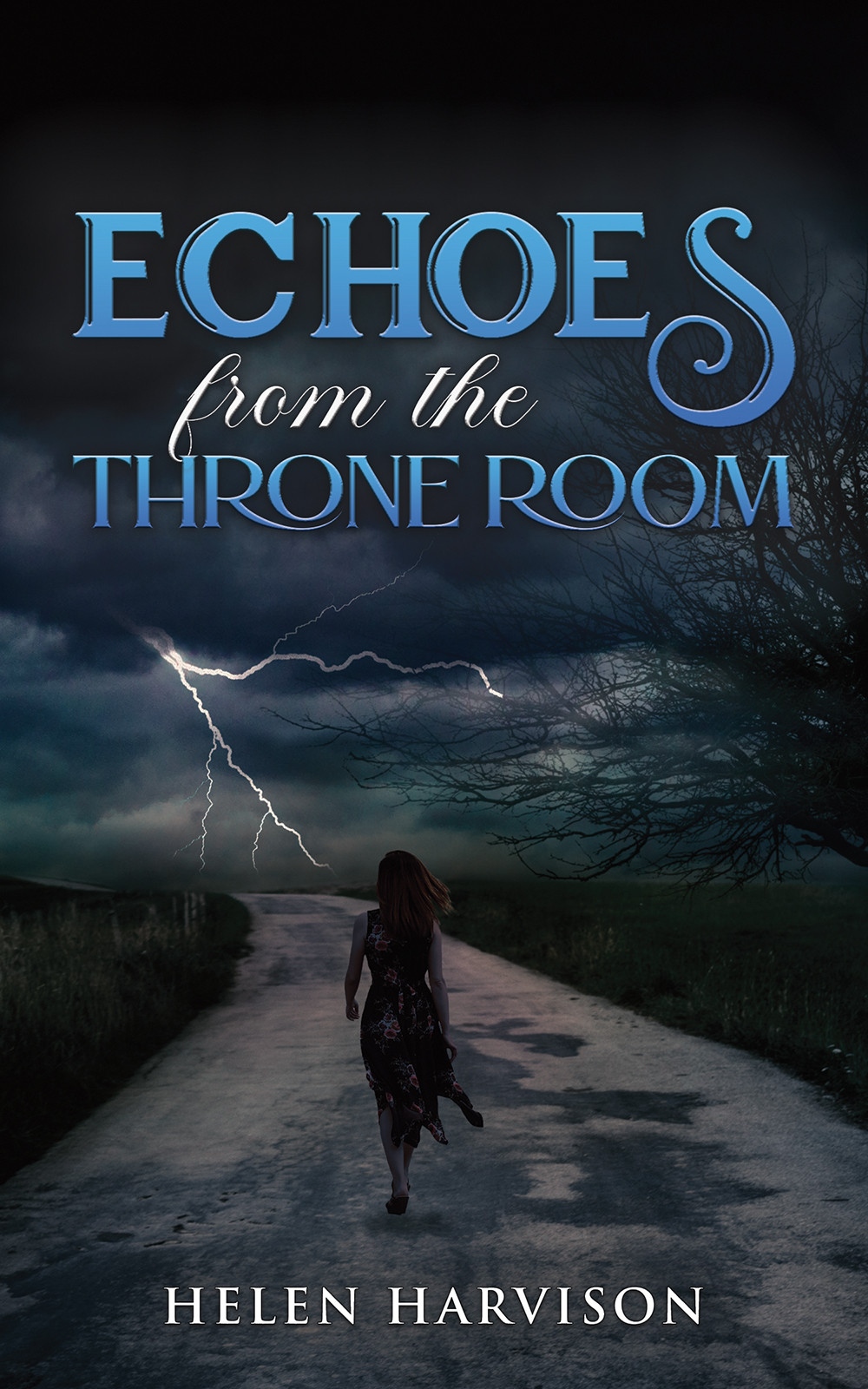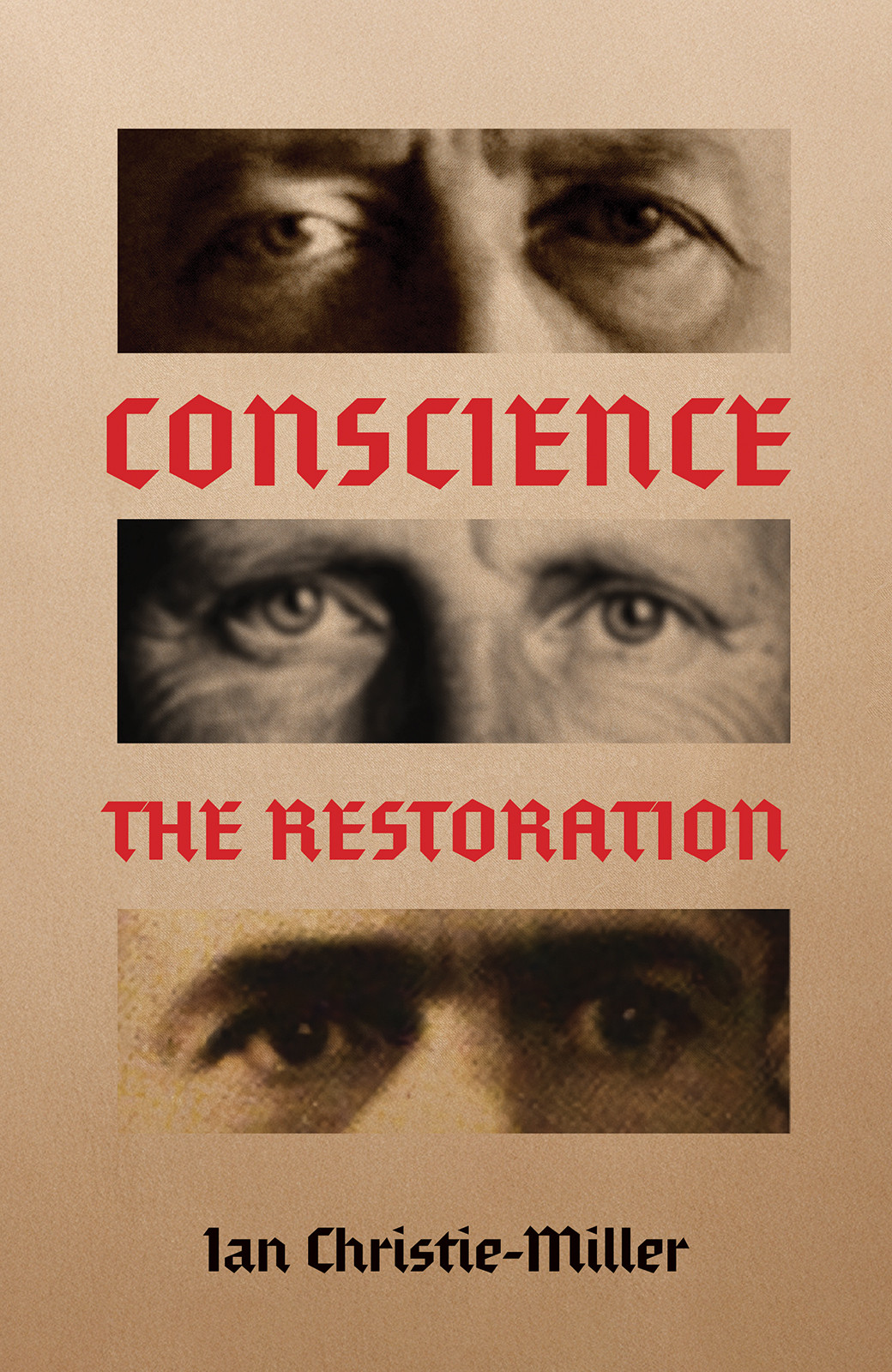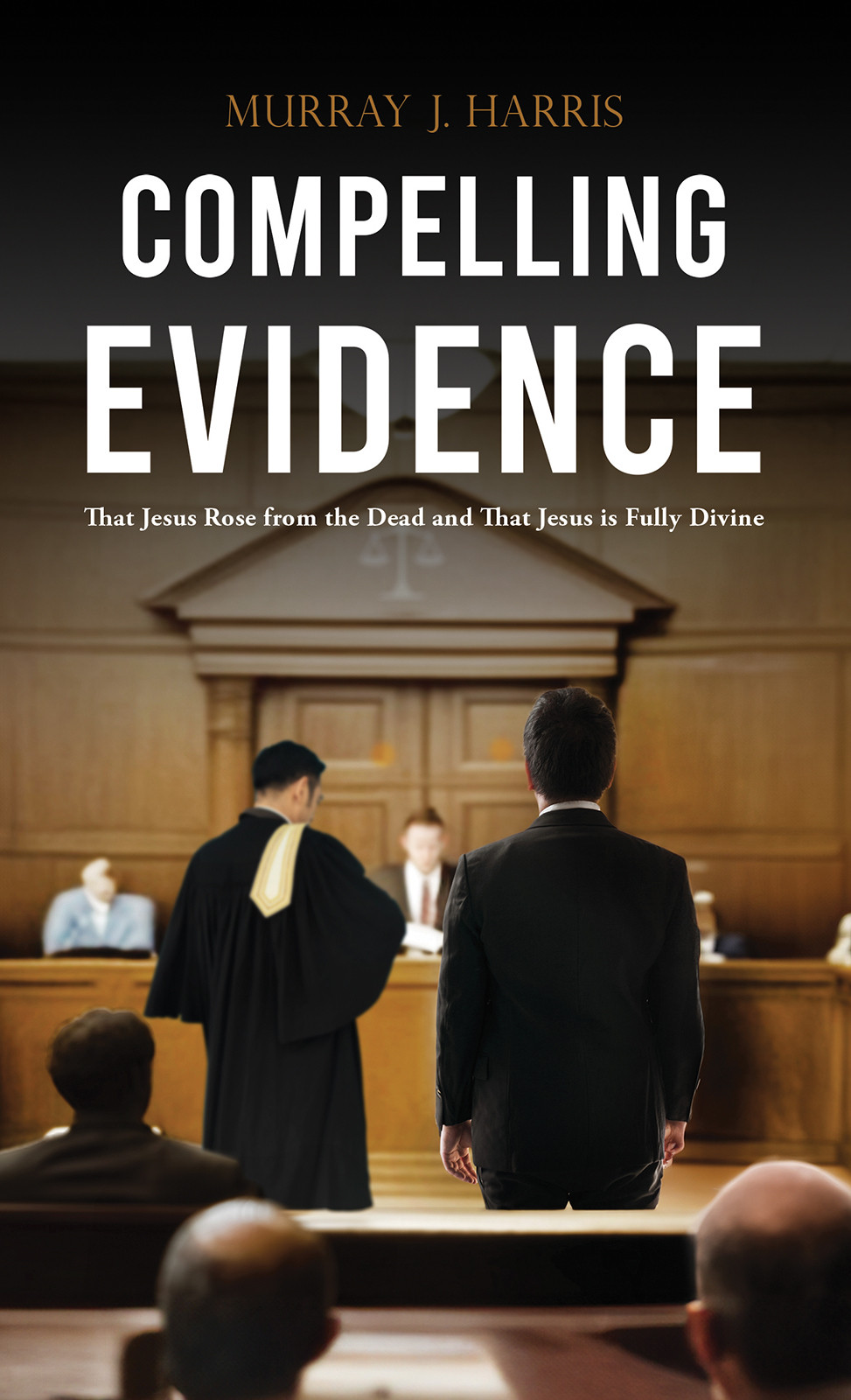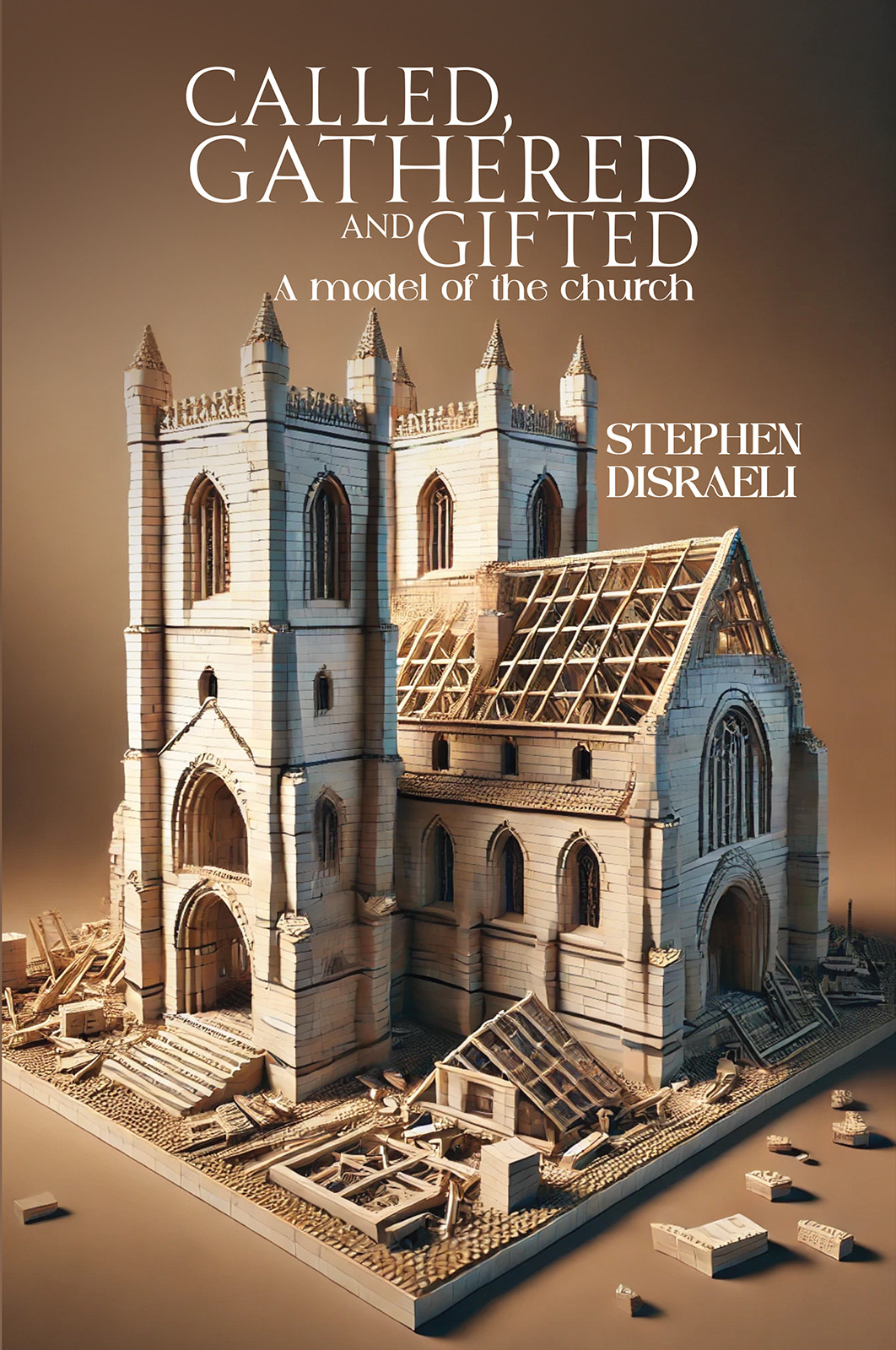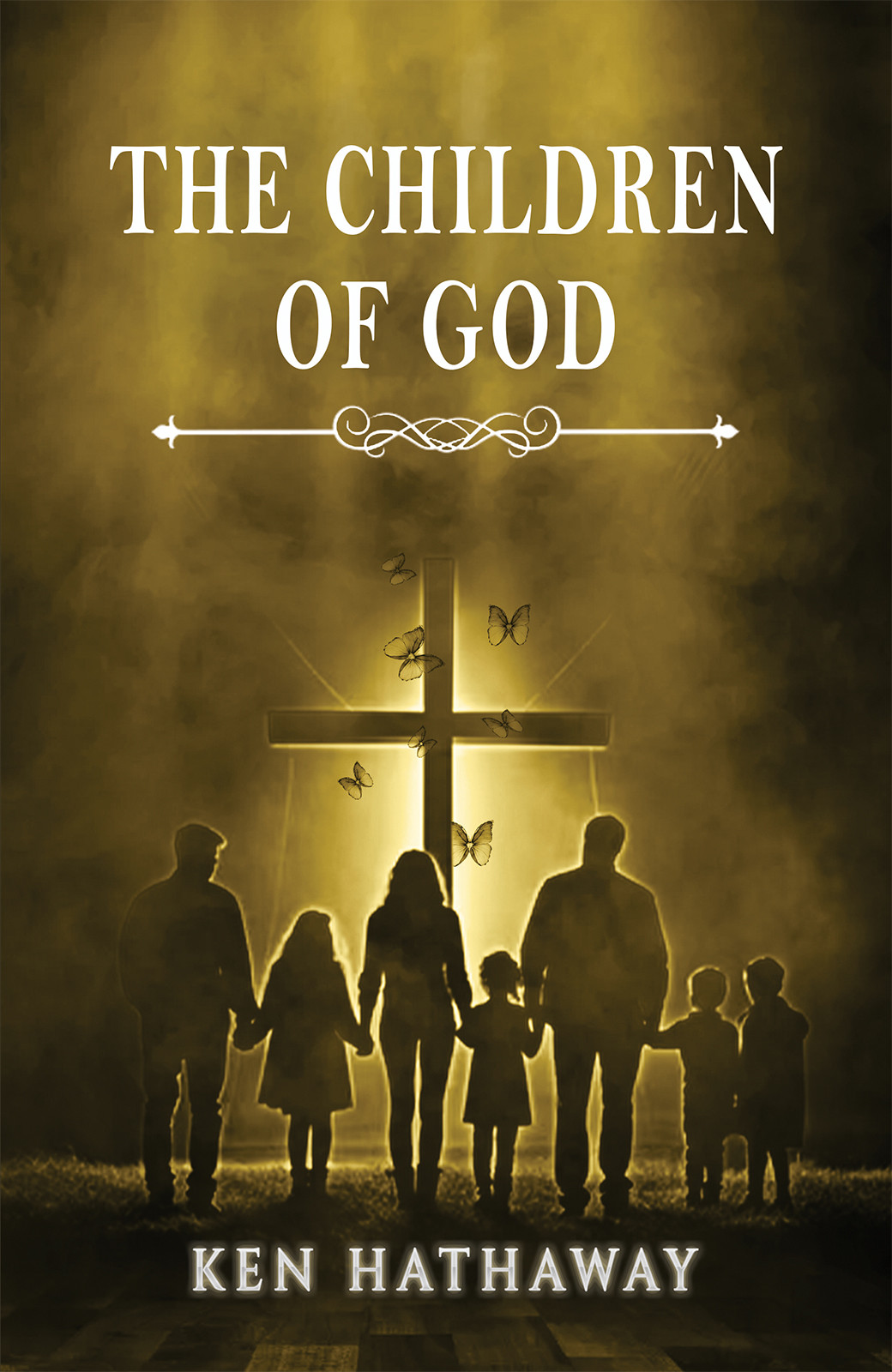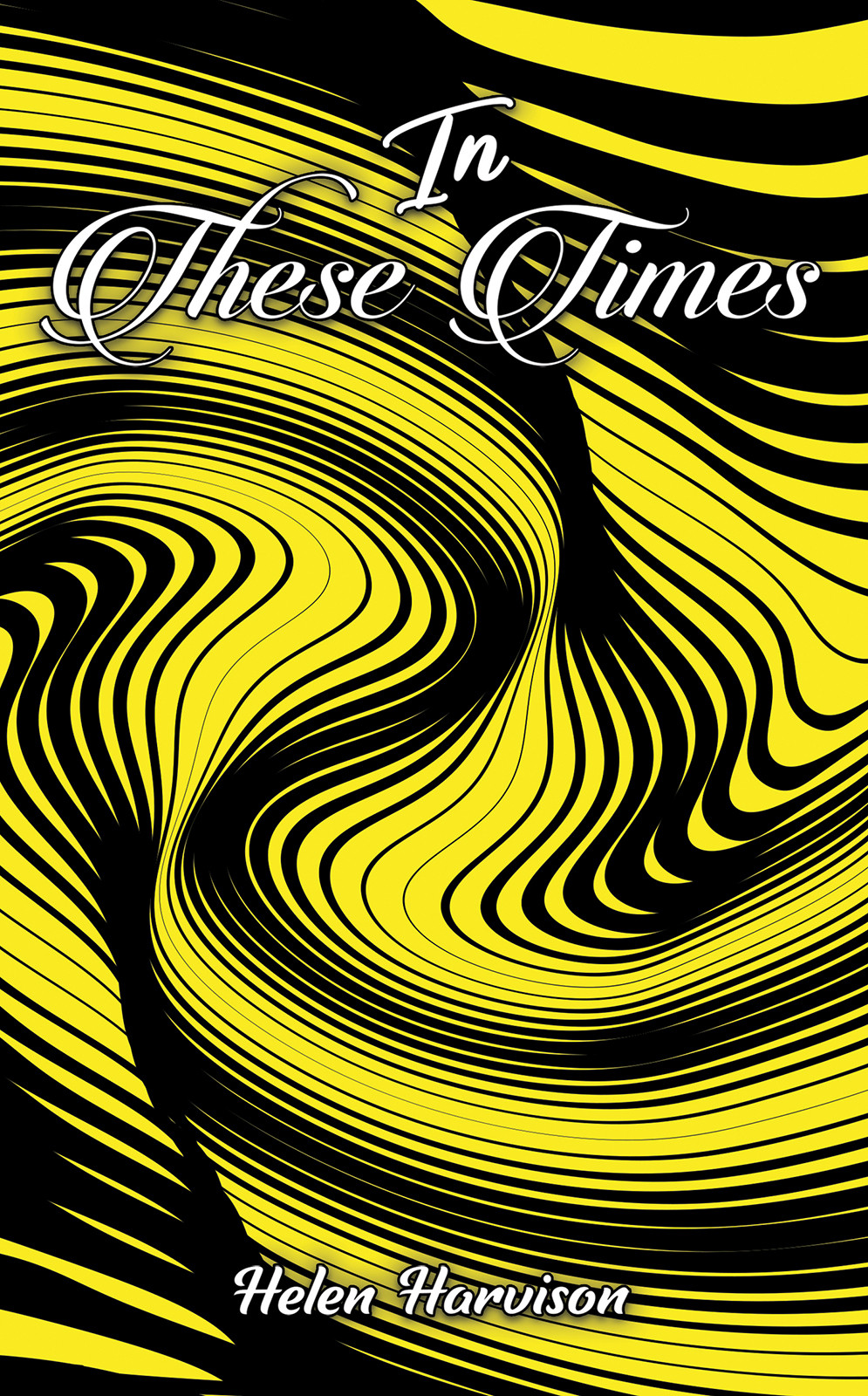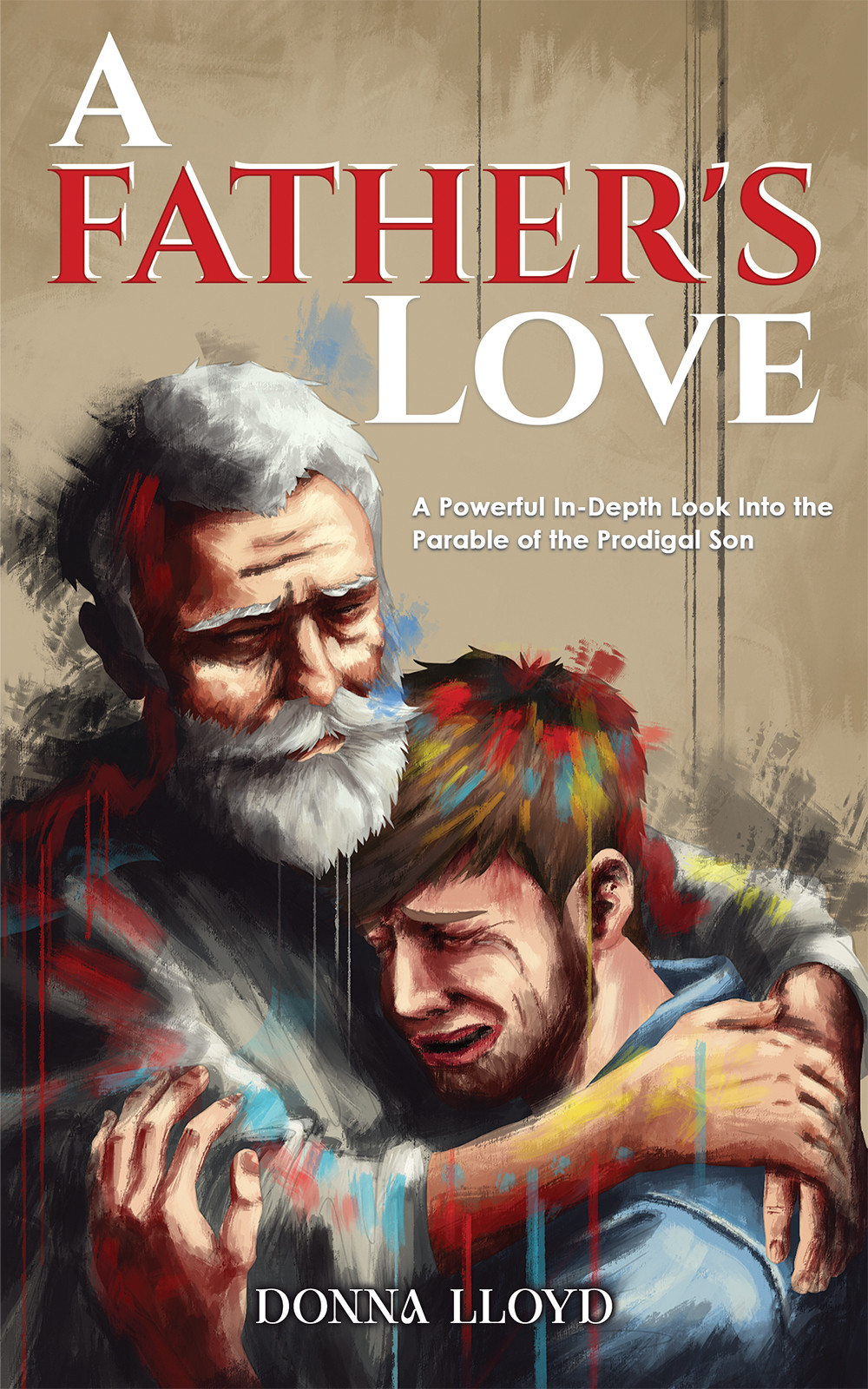The administration of any kingdom derives its power from the King, whose Signet cannot be contested.
The title of this book asserts that there is a power source, the root from which believers draw supernatural strength.
“There shall come forth a Rod from the stem of Jesse, and a Branch shall grow out of His roots.”
Isaiah 11:1
The King of kings, who is the power source for believers, is the Rod from the stem of Jesse. He stirs the power of God into manifestation within the human soul. Therefore, in any transactions involving God’s children, we ought to seek the divine source for enablement, guidance, and direction, rather than merely relying on the basic principles of this world.
“For everyone who asks receives, and he who seeks finds, and to him who knocks it will be opened.”
Luke 11:10
This book unveils and empowers the knowledge of God’s potential, already deposited in the sanctified soul.
And so, this saying remains true:
“My people perish for lack of knowledge.”

